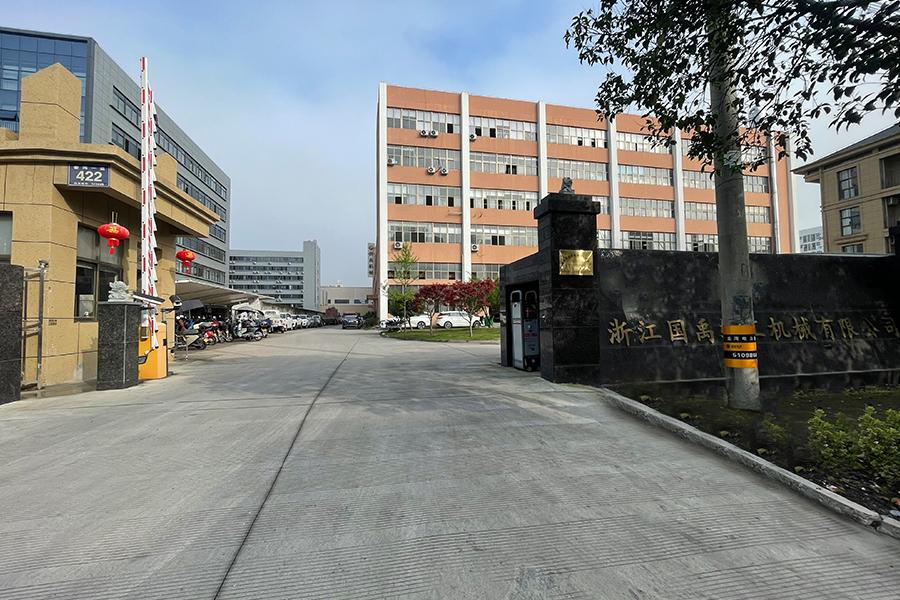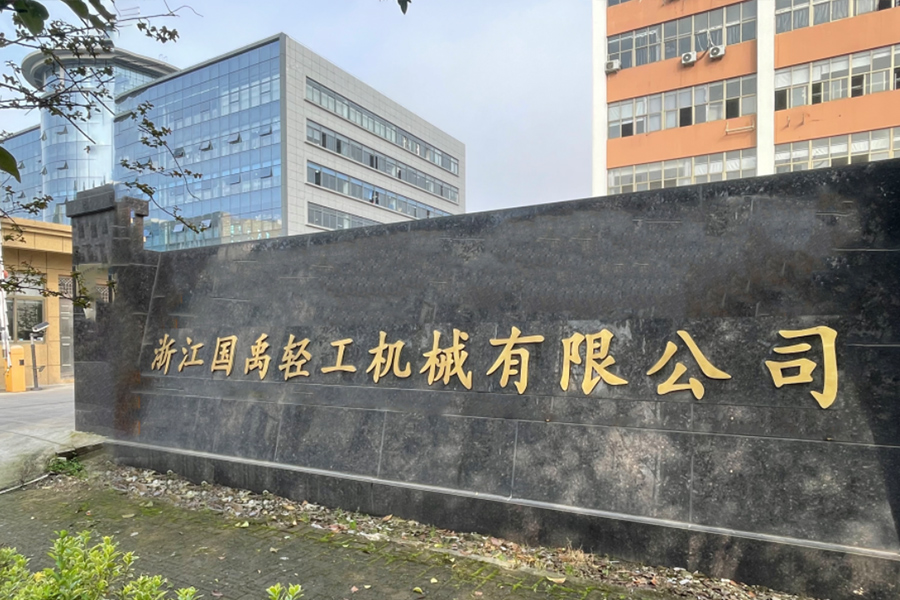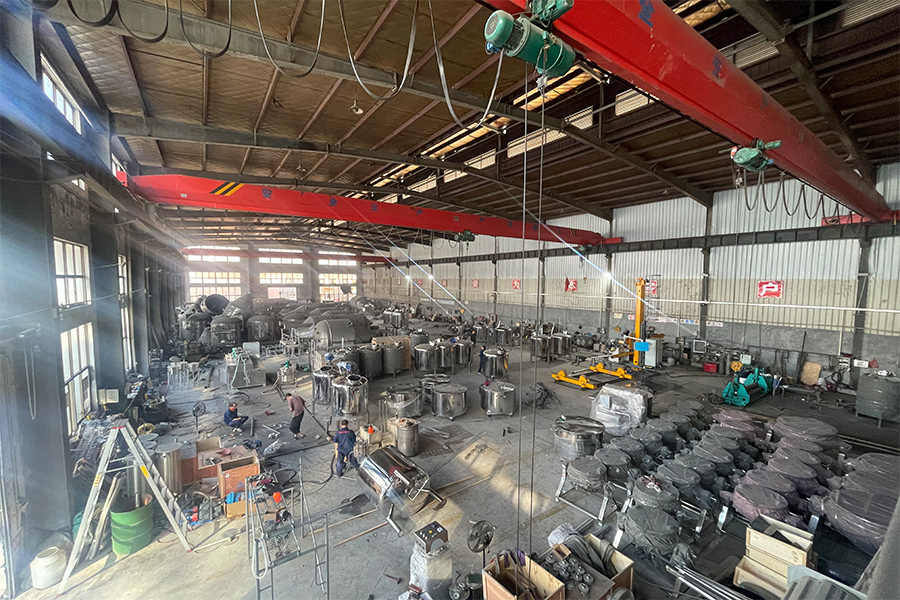-
 [email protected]
[email protected]
-
 +86-13706666922
+86-13706666922

Throughout diverse manufacturing sectors, mixing tanks stand as fundamental equipment enabling the transformation of raw materials into finished products through controlled blending operations. These vessels facilitate the combination of multiple components into homogeneous mixtures, supporting everything from basic ingredient incorporation to complex chemical reactions. The persistent importance of mixing tanks within industrial landscapes underscores their role as essential tools for achieving product consistency, facilitating reactions, and maintaining quality standards across production batches. From pharmaceutical preparations to food formulations, mixing tanks provide the controlled environments necessary for modern manufacturing processes.
The engineering behind mixing tanks encompasses careful consideration of both structural integrity and functional capabilities. A standard mixing tank typically features a cylindrical vessel constructed from materials compatible with the substances being processed, with size variations spanning from compact laboratory units to massive production-scale containers. The agitation systems within mixing tanks employ various impeller designs—including propeller, turbine, and anchor configurations—each creating distinct flow patterns suitable for different viscosity ranges and mixing objectives. Many mixing tanks incorporate auxiliary components such as temperature control jackets, baffle systems that prevent vortex formation, and ports for adding ingredients or sampling contents. These integrated systems transform simple containers into sophisticated processing platforms where multiple parameters can be precisely managed.
Technological evolution has significantly expanded the capabilities and applications of modern mixing tanks. Contemporary mixing tanks increasingly feature computerized control systems that monitor and adjust operational parameters including rotational speed, temperature, and mixing duration. Advanced mixing tanks may include integrated sensors that measure viscosity in real-time, automatically adjusting agitation intensity to maintain target consistency. The materials used in manufacturing mixing tanks have diversified beyond traditional stainless steel to include specialized alloys, glass-lined steel, and engineered plastics that resist corrosion and contamination. Modern mixing tanks also address cleaning efficiency through designs that less hard-to-reach areas and sometimes incorporate clean-in-place systems that reduce downtime between batches.
The implementation spectrum for mixing tanks reveals their remarkable adaptability across industrial sectors. In water treatment facilities, large mixing tanks facilitate the blending of treatment chemicals and promote flocculation processes. Food and beverage manufacturers utilize sanitary mixing tanks for creating everything from salad dressings to beverage syrups, with specific designs preventing aeration when necessary. Pharmaceutical companies operate under strict regulatory frameworks that dictate specific requirements for mixing tanks used in drug formulation, often incorporating specialized finishes and documentation systems. The chemical industry employs corrosion-resistant mixing tanks for everything from simple dilution processes to complex polymerization reactions. Even in cosmetics production, mixing tanks with precise temperature control create lotions, creams, and other personal care products with exacting texture requirements.
Future trajectories for mixing tank technology point toward greater integration with industrial automation and data analytics. Emerging mixing tank systems are incorporating more sophisticated instrumentation that tracks additional parameters such as particle size distribution and chemical composition during processing. The drive toward sustainability is influencing mixing tank design through energy-efficient motor systems, improved insulation for thermal management, and designs that less waste during product changeovers. The ongoing innovation in mixing tank design and functionality ensures these workhorse vessels will continue to evolve beyond their traditional role as simple containers into intelligent processing platforms that actively contribute to manufacturing efficiency, product quality, and operational intelligence across countless industrial applications.







